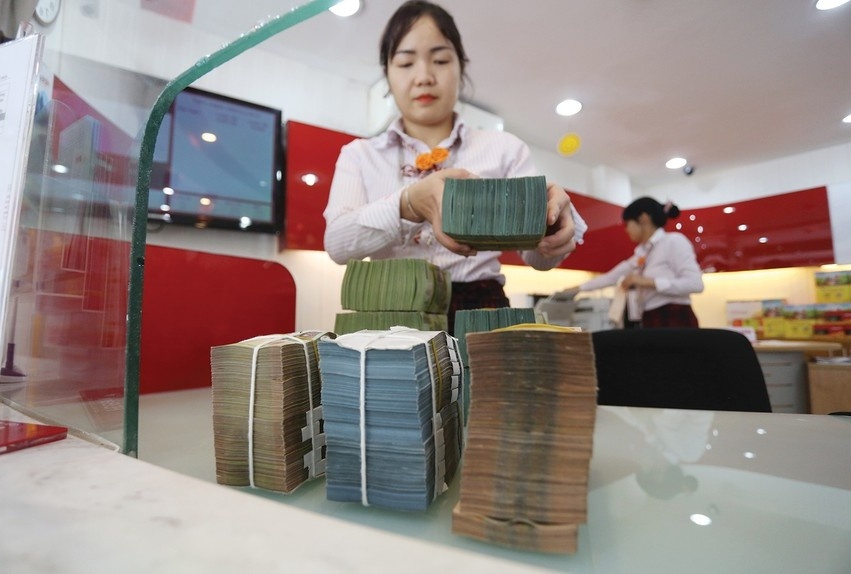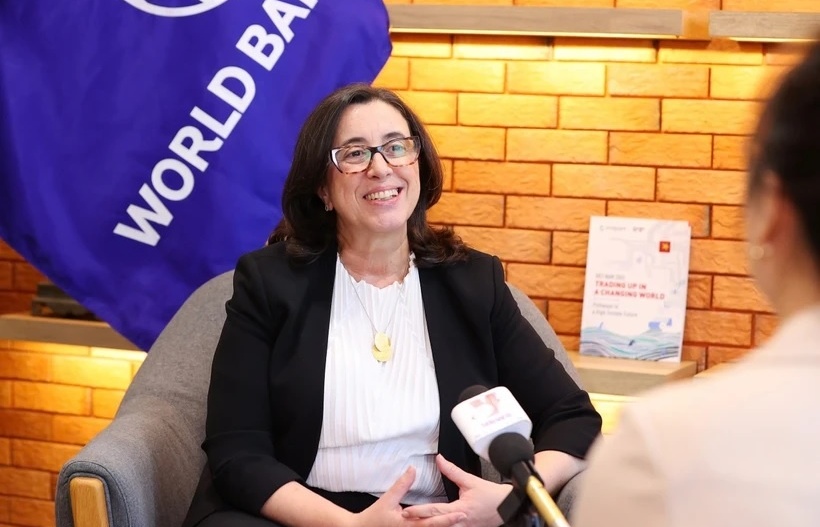Bad debts success not enough

As of September 30, 2015, a large number of local banks managed to sell a huge chunk of their bad debts volume to the Vietnam Asset Management Company (VAMC) or drive them below the 3 per-cent threshold themselves, in accordance with the State Bank of Vietnam’s requirements.
BIDV, for instance, was recorded to have sold the largest amount of bad debts to VAMC last year, with over VND11 trillion ($504.5 million), surpassing its own target by 25 per cent.
Likewise, Maritime Bank sold almost VND6 trillion ($275.2 million) worth of bad debts to the agency, overperforming its plan to sell VND4.6 trillion ($211 million) in the first place.
Although bad debts have been brought down to below 3 per cent, banks still find it hard to cope with debt recovery or controlling the arrival of new bad debts at the same time as expanding credit flow. Banks, as such, have no choice but to boost provisions for bad debts, as well as handle them and take initiative to collect their debts, apart from selling to VAMC.
Vietcombank was possibly leading in terms of bad debts handling in the country when it was able to self-manage over VND8.4 trillion ($385.3 million) worth of bad debts in the first eight months of the year, 1.5 fold higher than its set target.
BIDV, likewise, settled over VND4.2 trillion ($192.6 million) of its bad debts, completing 65 per cent of the entire annual target.
Military Bank and VPBank were also productive in their bad debts handling programme, as the former took good care of over VND3 trillion ($137.6 million) and the latter of some VND2 trillion ($91.7 million) of bad debts.
In order to clean up bad debts and ensure normal bank activities, banks ought to creep up their risk provisions, which in turn will eat up a growing portion of their profit.
Eximbank, for example, made a risk provision of VND1.17 trillion ($53.7 million) in the first 11 months of the year, resulting in a shrunken pre-tax profit of VND552 billion ($25.3 million), accounting for only 52 per cent of the bank’s annual target.
According to Eximbank’s leader, their shareholders will not receive dividends, as the post risk provisions profit was too little. However, once the bank manages to recover its debts in the future, provisions will be added to its profits and dividends will rise accordingly.
Other banks also strived to deal with their bad debts. SHB, at the end of August 2015, handled up to VND500 billion ($22.9 million) of bad debts, twice as much as its initial plan. ABBank, meanwhile, recovered VND398 billion ($18.2 million) of bad debts in the same time, and by the end of September the figure added up to VND656 billion ($30.1 million).
Other commercial banks, like SeABank or KienlongBank, however, only managed 14 and 23 per cent, respectively, of their bad debts target set for the year.
What the stars mean:
★ Poor ★ ★ Promising ★★★ Good ★★★★ Very good ★★★★★ Exceptional
Latest News
More News
- HDBank in triple victory at listed company awards (November 25, 2024 | 11:38)
- Malaysia's Solarvest and Finhero launch first solar financing fintech solution in Vietnam (November 22, 2024 | 19:50)
- SHB honoured at VLCAs for fourth time (November 22, 2024 | 19:08)
- Central Bank of Cuba chief visits Hanoi to work with VBSP (November 22, 2024 | 15:49)
- Credit sees steady growth towards year-end (November 21, 2024 | 17:46)
- HDBank wins three titles at Vietnam Listed Company Awards (November 21, 2024 | 10:01)
- VLCA’s corporate governance mission (November 21, 2024 | 10:00)
- The promotion of ESG via banking (November 21, 2024 | 09:32)
- Standard Chartered committed to Vietnam’s financial success (November 21, 2024 | 09:24)
- Full ESG adoption the priority for Agribank (November 21, 2024 | 09:07)


















 Mobile Version
Mobile Version